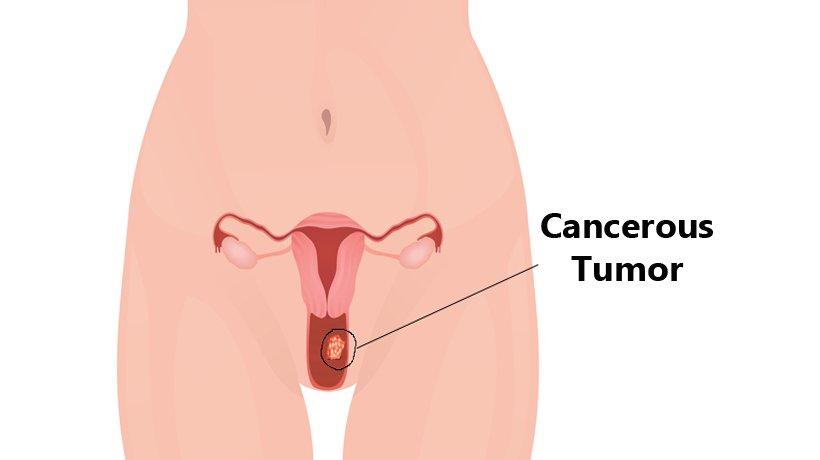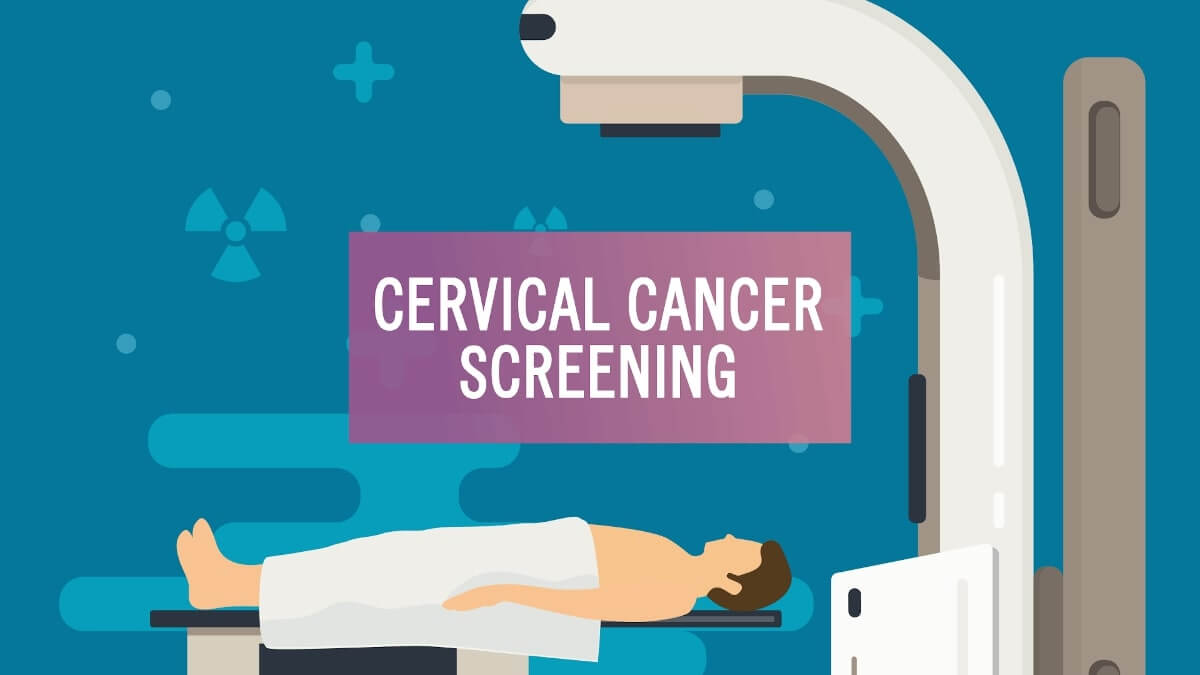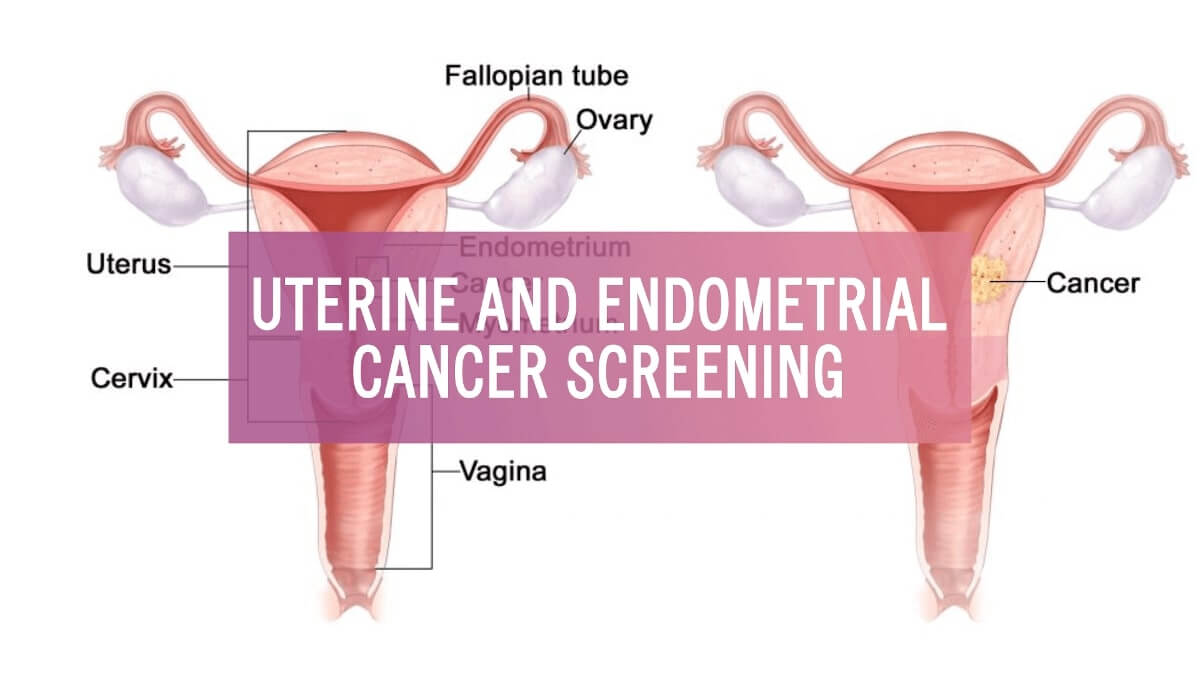Cancer is a disease caused by the transformation of normal cells into cancerous cells or by the abnormal growth of healthy cells.
The vulva is the outer skin that surrounds the urethra and vagina, and it includes the labia and clitoris. The condition leads to the growth of tumors, which may look like small lumps or sores that cause intense itching. Though not a common type of cancer, successful diagnosis in the initial stages of the condition promises a good recovery.
An HPV infection, also called the human papillomavirus, can also lead to this condition. If a patient has a medical history of cervical cancer, she becomes more prone to contracting vaginal cancer.

Symptoms of vulvar cancer include:
- Painful urination
- Thickened skin
- Burning sensation and bleeding
- Itching, pain during sexual intercourse
- Increased sensitivity, rawness, and wart-like growth
Different vaginal/vulvar cancer screening tests
PAP test:Â It detects the presence of cancerous cells in the female genitals. During the test, the cells on the surface are gently scraped away and examined. This may be a little uncomfortable, but the pain gradually subsides. Although these tests contribute to detecting cervical cancer, vaginal cancer cells may also be traced in this way.
Colposcopy: Colposcopy is a vaginal test in which magnifying equipment is used. This examination helps the doctor to examine the vaginal surface by enlarging it. It then becomes possible to check the presence of abnormal cells (if any). Moreover, colposcopy is all about a thorough examination of the vagina, cervix, and vulva. Doctors may advise colposcopy if a patient’s PAP test results are unclear. After the detection of an abnormal cellular area in colposcopy, a sample of the affected tissues may be collected for a biopsy. Colposcopy can help in diagnosing genital warts. Moreover, it can also detect cervicitis and precancerous changes in the vaginal tissue, if any.
HPV Test: The human papillomavirus (HPV) test detects the presence of the virus that leads to the growth of genital warts. Doctors recommend this test if the PAP test results are unclear, or along with a pap smear to be sure of the diagnosis. This test can only be done on females.
Biopsy: It is a medical test that involves the extraction of sample cells or tissues to examine and determine the extent or the presence of disease in the female body.
Pelvic exam: A periodic pelvic exam can help in diagnosing vaginal/vulvar cancer in time. During this test, the doctor thoroughly checks the external genital parts. Moreover, tests are also performed to examine the ovaries as well as the uterus. The doctor may also insert a speculum (a type of equipment) into the patient’s vagina. It helps to open the vaginal canal and aids the doctor in inspecting the vaginal and cervical parts for any unusual growth of cancerous cells.
Conclusion
Women should be aware of the various risk factors associated with vaginal/vulvar cancer. Moreover, it is also essential to keep track of the changing behavior of their bodies. If any abnormality is detected, consulting a doctor as soon as possible is crucial. The doctor may advise personalized risk management tips as well as vaginal cancer prevention tactics.
Special thanks to Dr. Niranjan Chavan [MD, FICOG, FCPS, DGO, DFP, MICOG, DICOG, Diploma in Endoscopy (USA), Training in Endoscopy (U.K, Hampstead) for the expert advice.









